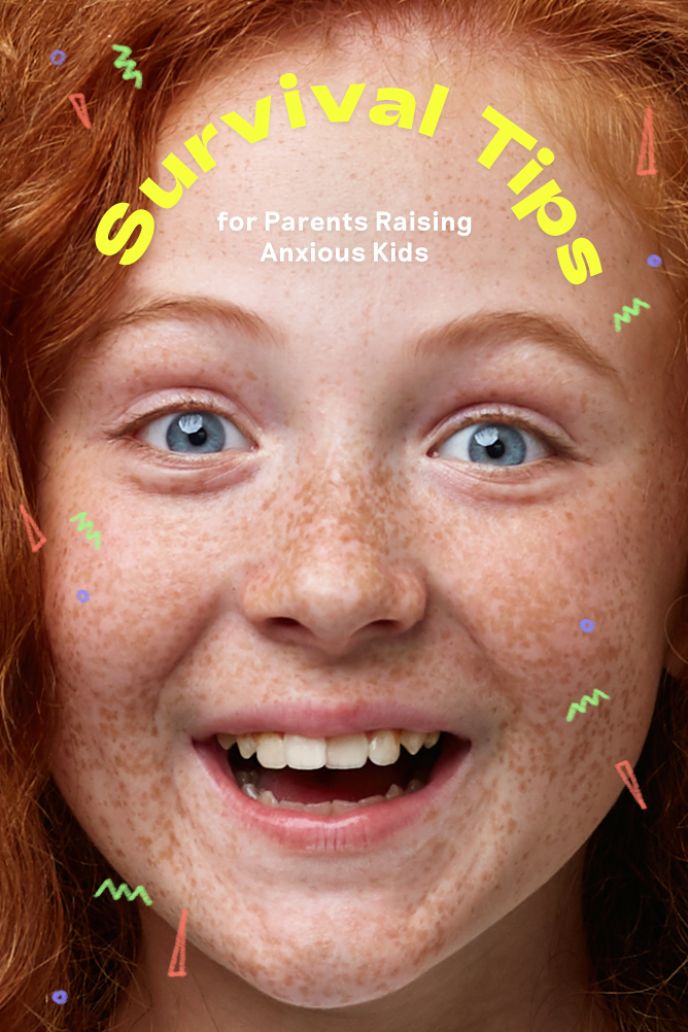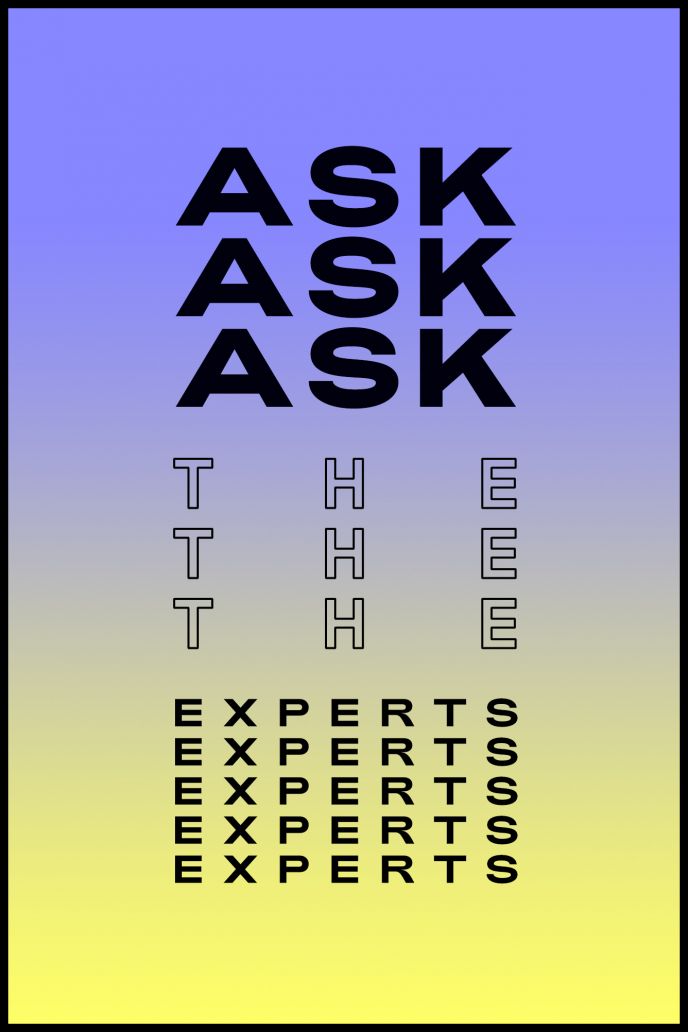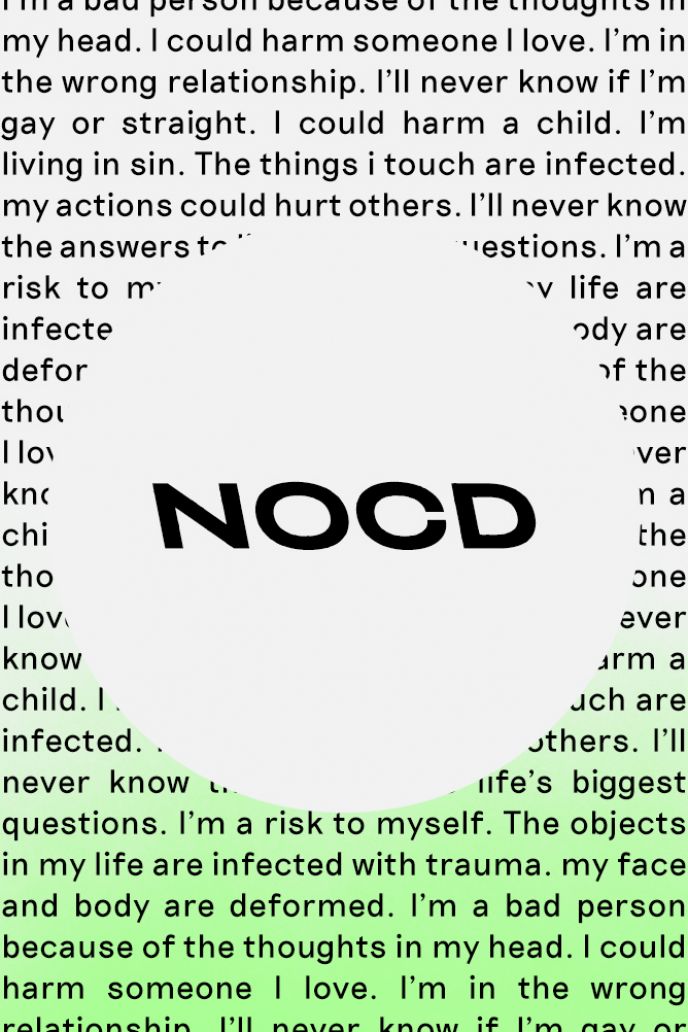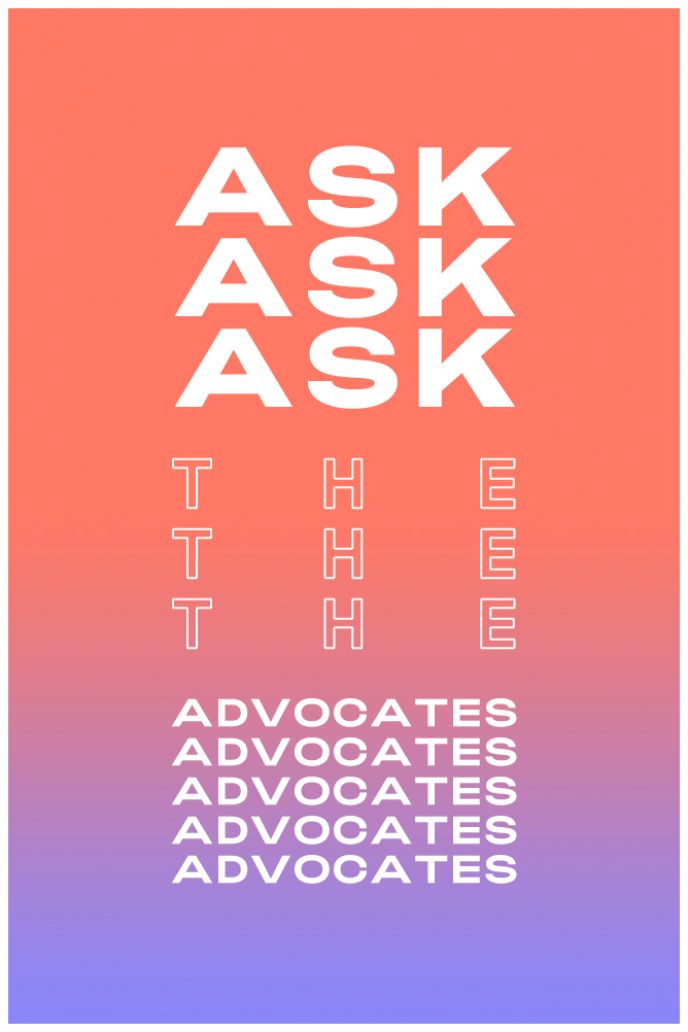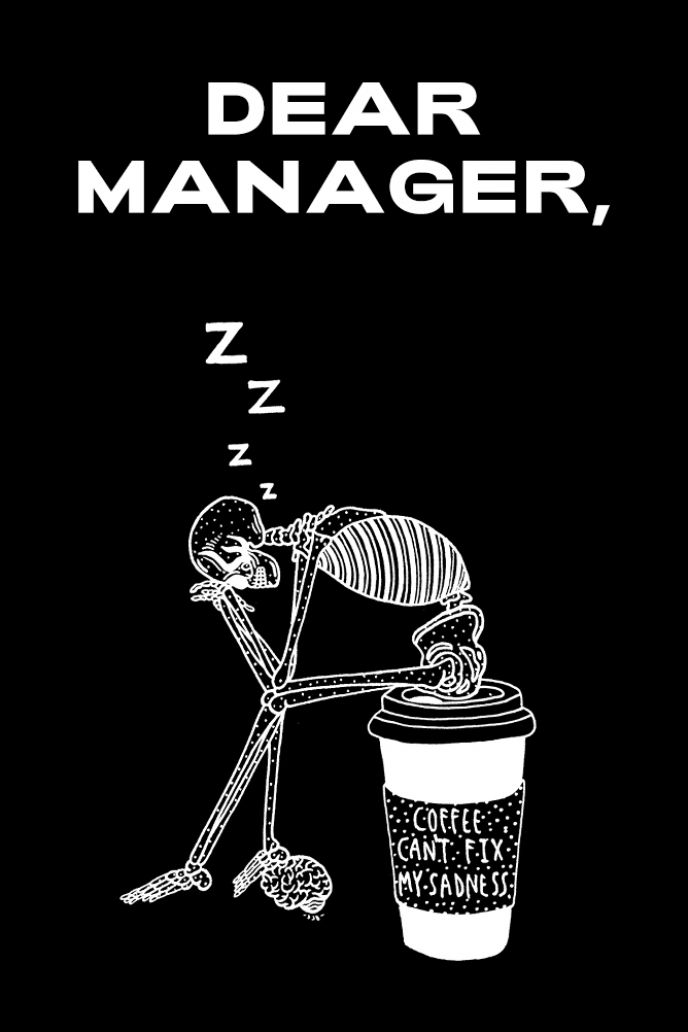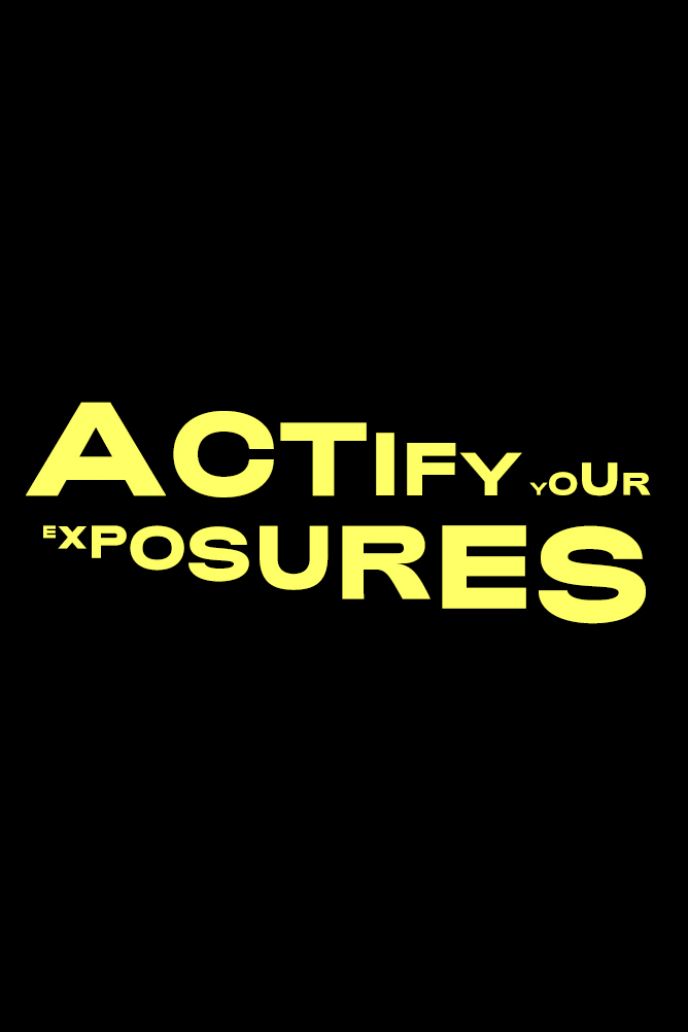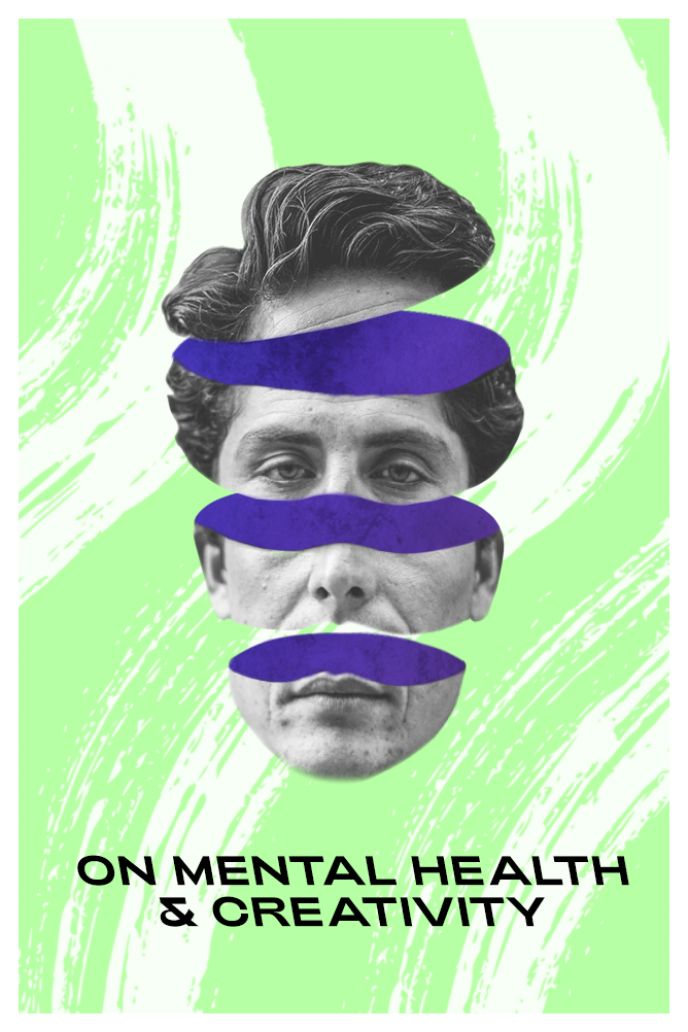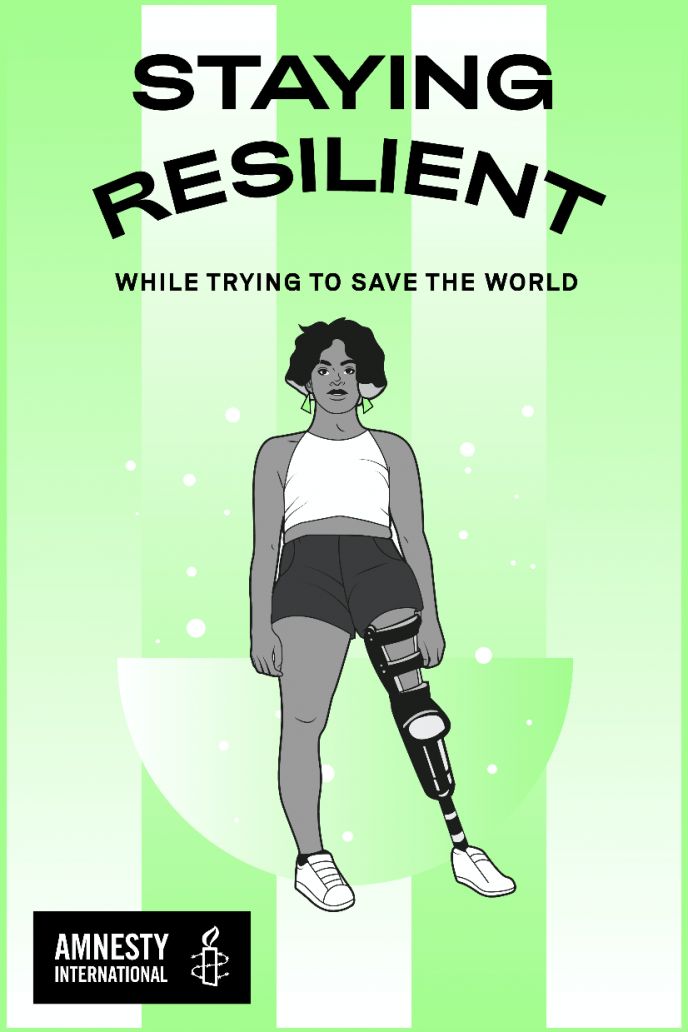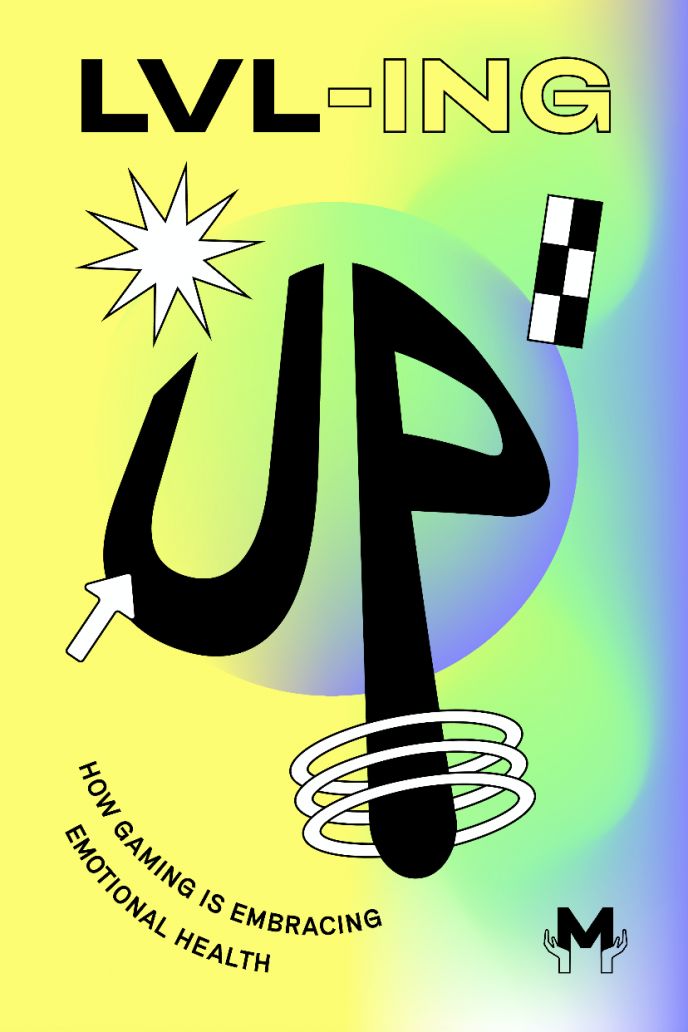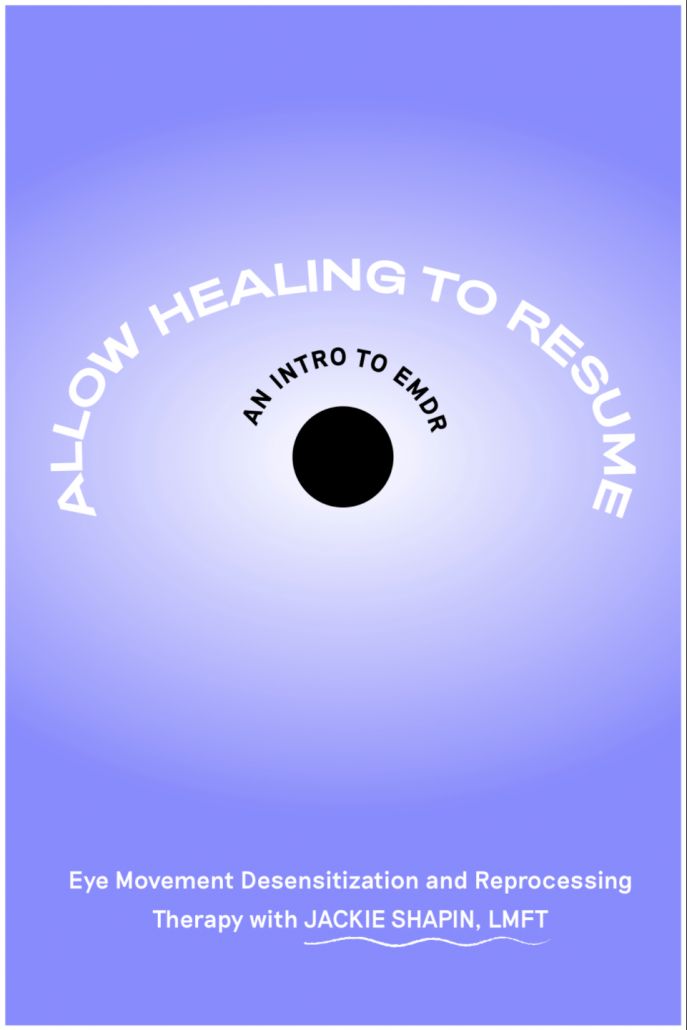My Experience With Drug Induced Derealization, Depersonalization and Somatic OCD
The anxiety may feel unbearable, but things can get better.
Escrito por Eric Laitman
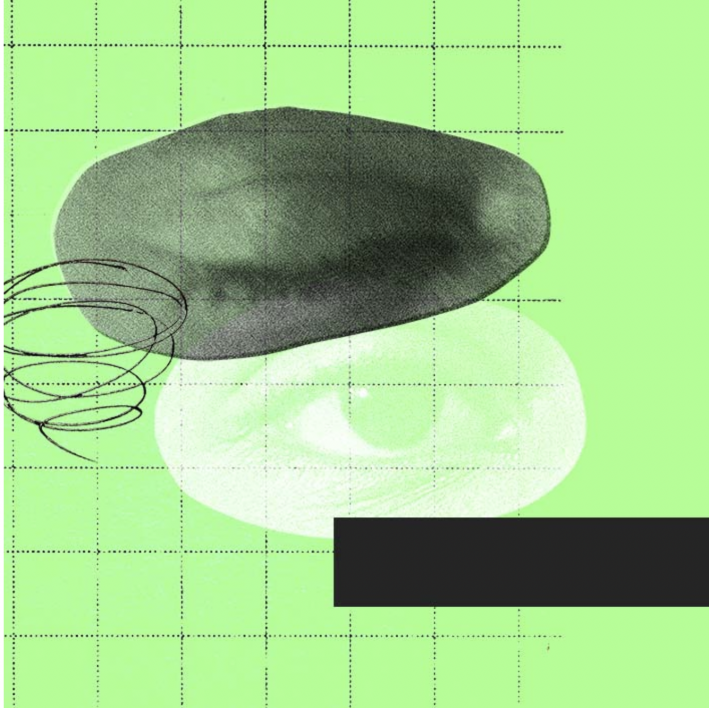
01 Eric began struggling with derealization/depersonalization and Somatic OCD after accidentally consuming edibles.
02 His previous experience with OCD therapy allowed him to practice different coping skills.
03 In this article, he shares the techniques that helped the most, and words of hope for those who are struggling.
04 Art by @madeline_guzzo
One day, I was relaxing at home when my roommate asked, “I made some cookies. Do you want one?” They looked amazing, so I took a few bites without thinking anything about it. After a second, my roommate said, “By the way, they have THC in them.” I was slightly caught off guard, and thankful I didn’t have too much.
I later found out that my roommate had baked the cookies with Wax, aka Dabs or Hash oil. The DEA reports that Wax has a potency of 54–99% THC concentration, which is far more potent than the typical 14% in a Marijuana leaf.
An hour after the two bites, I began to lose my mind. The room turned upside down and I started to hallucinate. I was seeing dancing figures on my sheets and panic crept in. I used my training from years of OCD therapy to accept the possible outcome of dying, which I genuinely believed was going to happen at that moment.
It is said that when an animal is about to get eaten alive, their mind disconnects from their body so that they don’t feel pain. Depersonalization (DP) is the splitting of the mind and body, which is what was happening to me. For the next few hours, I was looking at my body from above until I fell asleep.
The next morning, I woke up feeling like I was trapped in my body, and my eye lenses were the bars. Even though I was screaming on the inside, no one could hear me. I immediately had a panic attack and wished it was a bad dream. Like OCD, it was hard to talk about because no one seemed to know what I was going through. Thank God for online forums, which helped me understand what was happening and how to seek help.
In addition to DP, I developed derealization (DR), which is when you look at the world around you and it doesn’t feel real enough. You analyze and slow it down so much, to the point where it feels like you are in “The Truman Show” asking yourself, “Where am I? Is any of this real?”
Condiciones relacionadas
Experiencing DP/DR simultaneously is an indescribable nightmare. It is scary to know that you are the only person that has the power to get yourself back to normal — if that even exists. There are also very few therapists who deal with these conditions, and even fewer who know how to resolve them. Many therapists state that it comes from childhood traumas, which was clearly not the case here.
The third and final issue came in the form of Somatic OCD. My two themes were that I became aware of my nose obstructing my sight, and that my bodily functions no longer seemed automatic. I thought, “How am I ever going to lead a normal life with these new terrible thoughts? How could I ever go back to not knowing?”
In order to recover, I needed to get reacclimated to my body. I needed to be able to close my eyes and get used to the darkness. I used Acceptance and Commitment Therapy to accept the possibility that this new reality could last forever, and committed myself to not checking if I was getting better. Instead, I just continued to live my life with this new perspective.
I meditated for an hour a day and did exposures that mimicked being trapped and suffocated, because my DP/DR caused me to develop cleithrophobia (fear of being trapped) and claustrophobia (fear of suffocation).

OCD: Being Mindful & Letting Go
I also made a voice recording with the phrase “Am I still trapped?”, which I played on repeat for a few hours a day. This is an Exposure and Response Prevention (ERP) technique, which I learned from a podcast. They explained that there will be times during the day when you’re not thinking about the intrusive thoughts, and when that happens, the recordings will bring them up, forcing you to be proactive rather than reactive. It worked.
The few panic attacks that I still had, I got rid of through Progressive Muscle Relaxation (PMR) therapy. In this therapy, the adrenaline from panicking is countered with the flexing of each of your muscles for ten seconds, causing a calming effect. This exercise can be done anywhere, anytime.
All in all, after going through these episodes, I felt like writing this article, because there were times when the anxiety felt unbearable and I thought I’d never get through it. I am here to tell you that I did, and I would like to help anyone currently experiencing this. I want you to know that you are not alone, and that you can reach out to me for help if you need it at [email protected].
Apoya nuestro trabajo
Nuestra misión es cambiar la manera en que el mundo percibe la salud mental.


